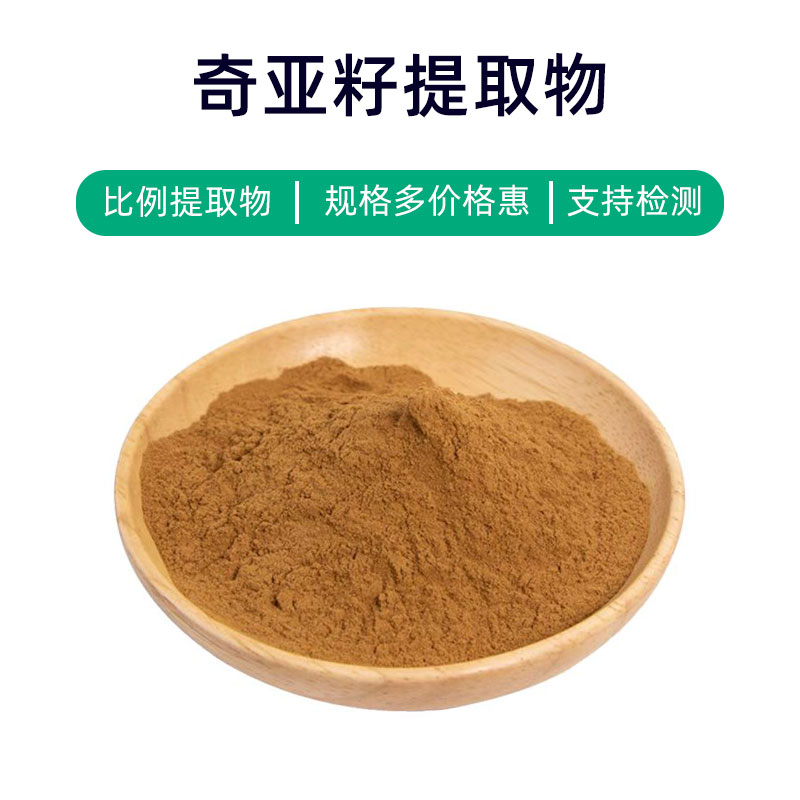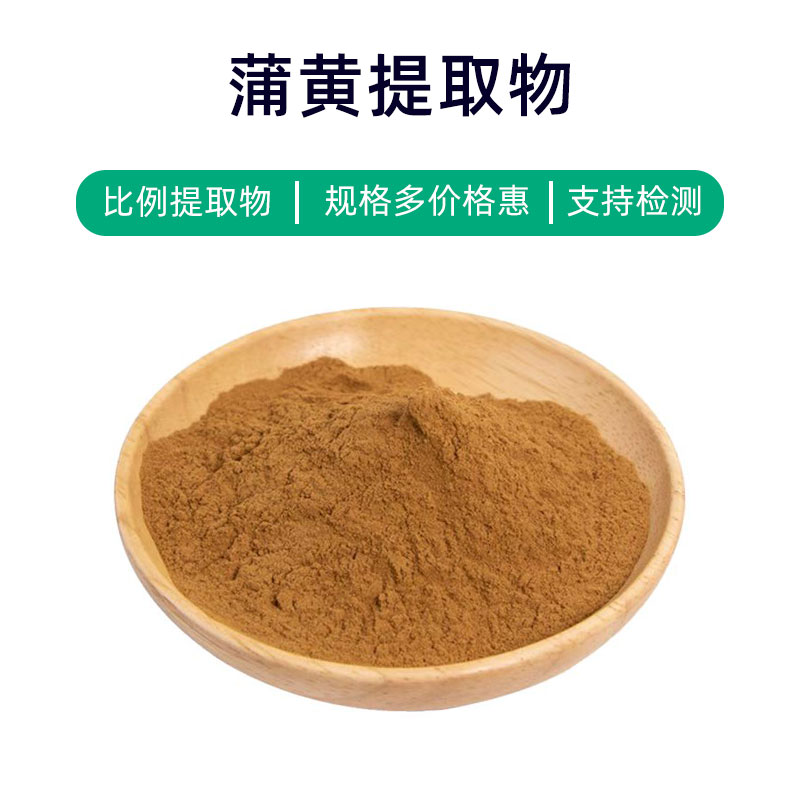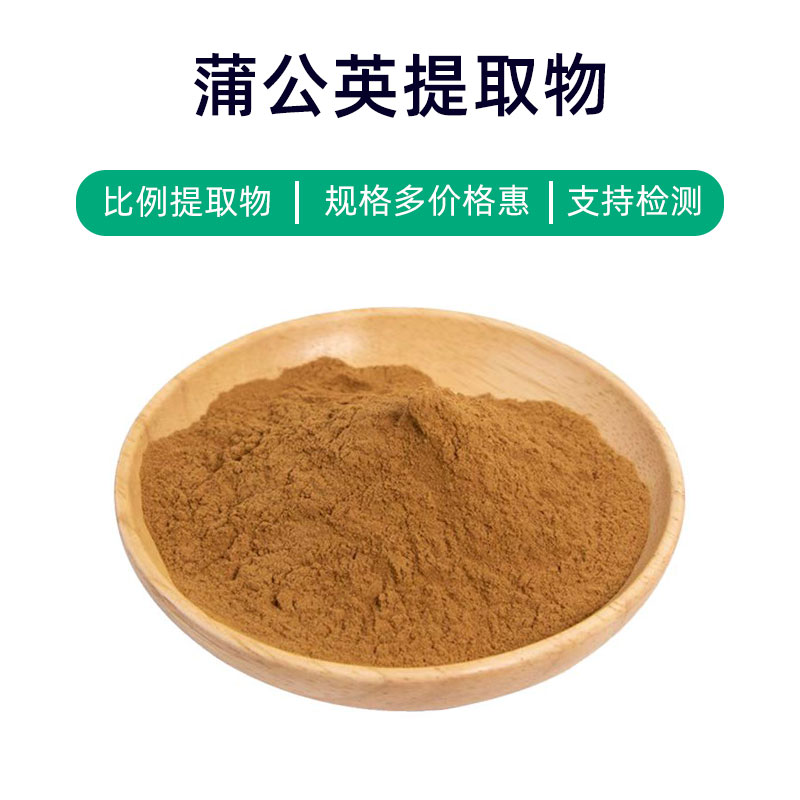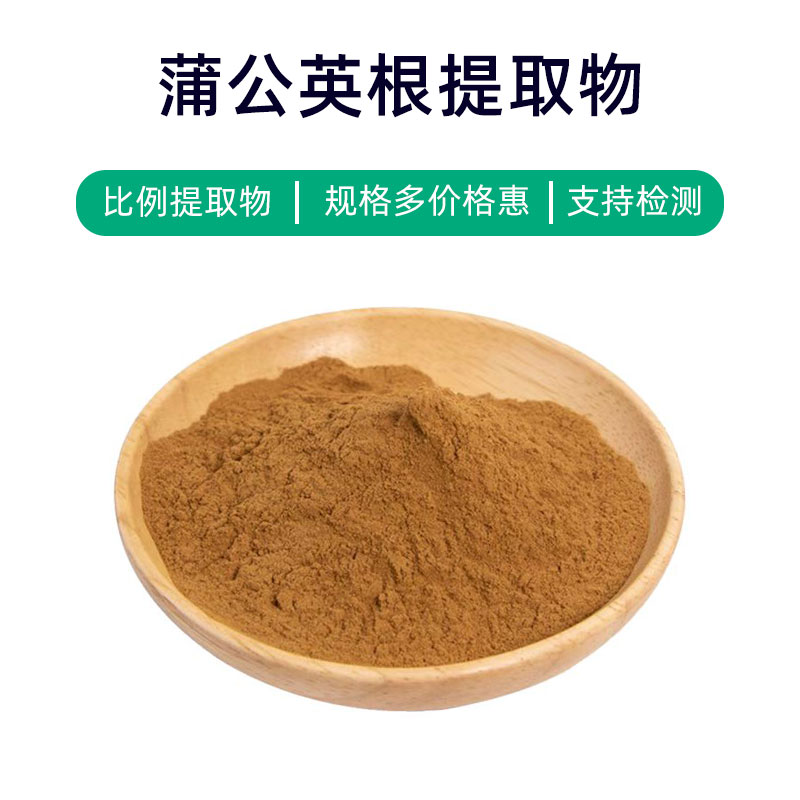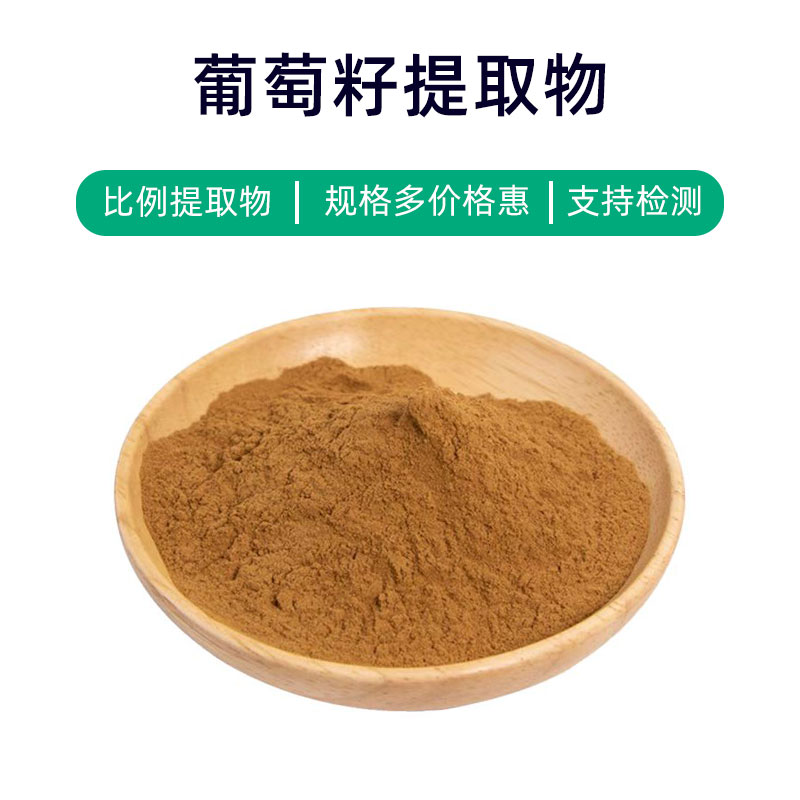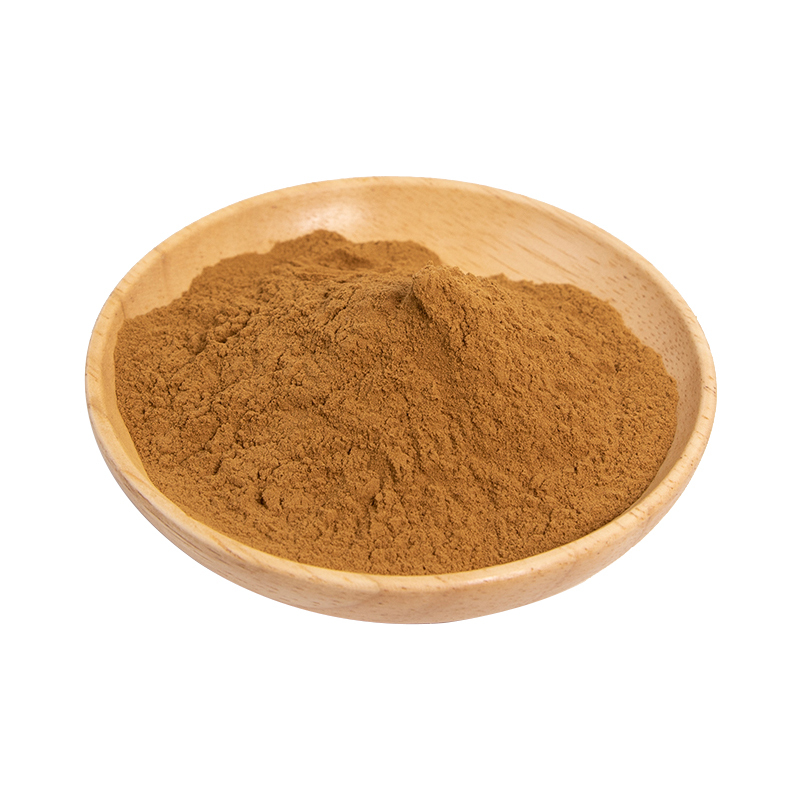Introduction to Forsythia Extract
Forsythia extract is a natural plant extract obtained from the Forsythia suspensa plant. Its main components include tanshinone, quercetin, and phenolic acids. These components give Forsythia extract multiple effects and applications.
Firstly, Forsythia extract has anti-inflammatory and antibacterial properties, effectively alleviating inflammatory responses and discomfort from infections, and aiding in the acceleration of wound healing. Additionally, it is rich in antioxidants that help eliminate free radicals, delay cellular aging, and maintain skin health.
In the pharmaceutical field, Forsythia extract is commonly used in the formulation of anti-inflammatory and antibacterial medications, such as oral solutions and topical patches, for treating infectious diseases and skin inflammation. Furthermore, it is often included in health supplements to enhance immunity and prevent colds and respiratory infections. In cosmetics, Forsythia extract is frequently added to skincare products for its soothing and anti-allergic properties, making it suitable for sensitive skin formulations.
Overall, as a natural plant extract, Forsythia exhibits broad application prospects with significant value in pharmaceuticals, health supplements, and cosmetics.
Production Process of Forsythia Extract
The production process of Forsythia extract generally includes the following steps:
- Raw Material Preparation: Select fresh Forsythia plants as raw materials, performing initial washing and processing to remove impurities and surface contaminants.
- Crushing and Grinding: The cleaned Forsythia plant is crushed and ground into a powder to increase extraction efficiency.
- Solvent Extraction: The crushed plant material is mixed and soaked with an appropriate solvent (such as ethanol or water) to extract effective components from the plant.
- Preparation of Extract: The obtained mixture is concentrated to remove the solvent, yielding a concentrate rich in active components.
- Filtration and Decolorization: The concentrate is filtered and decolorized to eliminate particulates and pigments, enhancing purity and quality.
- Concentration of Extract: The filtered concentrate undergoes further concentration to remove excess moisture, resulting in a concentrated extract.
- Drying and Powdering: The concentrated extract is dried to become a powder for easier packaging and storage.
- Packaging and Storage: The dried extract is packaged, usually in vacuum-sealed containers to prevent moisture and light exposure, and stored in a cool, dry place to ensure stability and shelf life.
The production process of Forsythia extract requires strict controls at each step to ensure the quality and safety of the product.
Efficacy and Side Effects of Forsythia Extract
As a natural herbal extract, Forsythia extract possesses various effects and benefits, which primarily include:
- Anti-inflammatory and Antibacterial Effects: Forsythia extract contains rich active components that provide substantial anti-inflammatory and antibacterial properties, effectively inhibiting inflammation and bacterial infections, aiding in the treatment of infectious diseases.
- Immune Modulation: Forsythia extract can regulate immune system functions, enhancing the body's resistance and supporting the prevention of colds and flu.
- Antioxidant Effects: The extract is rich in antioxidants that can eliminate free radicals, reduce oxidative damage, and help delay aging to protect cellular health.
- Anti-tumor Effects: Research indicates that the active components in Forsythia extract show potential anti-tumor properties, capable of inhibiting the growth and spread of tumor cells.
- Blood Pressure Reduction: Some constituents in Forsythia extract have the ability to lower blood pressure by dilating blood vessels and improving circulation, contributing to cardiovascular health.
- Anti-allergic Effects: The active components in the extract exhibit inhibitory effects on allergic reactions, alleviating symptoms such as nasal congestion and sneezing.
- Improvement of Digestive Function: Forsythia extract can promote the secretion of digestive fluids and enhance gastrointestinal motility, aiding in digestion and alleviating discomfort.
Despite the many benefits of Forsythia extract, attention must be paid to potential side effects, such as allergic reactions in some individuals; a skin sensitivity test is recommended before use. Long-term high-dose usage may lead to liver and kidney damage, and it is advisable to use under medical guidance.
Application Scenarios and Dosage of Forsythia Extract
Forsythia extract has extensive applications in medicine, food, and cosmetics. Here are its applications and recommended dosages in different fields:
- In Medicine:
- Cold Treatment: Forsythia extract is commonly included in cold medications due to its anti-inflammatory, antipyretic, and analgesic properties, typically dosed at 5-10g for adults and halved for children.
- Antibacterial and Anti-inflammatory: It can be used for treating respiratory infections, pharyngitis, and tonsillitis; dosage should be determined based on the specific condition, and consulting a physician is recommended.
- Immune Modulation: Suitable for enhancing immunity and preventing infections, generally taken at 5-10g for adults, divided into 2-3 doses.
- In Food:
- Functional Foods: Forsythia extract can be added to functional foods to enhance immunity and improve digestion, usually at a recommended amount of 10-20g per day according to product guidelines.
- Health Supplements: Often incorporated into health supplements focused on immune regulation and antioxidant properties, dosage should follow product instructions.
- In Cosmetics:
- Skincare Products: Forsythia extract's antioxidant and skin-soothing properties make it suitable for inclusion in skincare products like masks and lotions; it is advised to follow product guidelines and avoid the eye area.
- Hair Care: It can be added to shampoos and conditioners to improve scalp condition and promote hair growth, with dosage determined by product formulation.
Dosages and methods of use should be tailored to individual circumstances and product instructions. Special populations such as pregnant women and children should use under medical supervision. If discomfort occurs during use, stop immediately and seek medical advice.
Introduction to the Forsythia Plant: Source, Distribution, and Growth Environment
Forsythia (Scientific name: Forsythia suspensa) is a common medicinal plant belonging to the Oleaceae family, used in traditional Chinese medicine for clearing heat, detoxifying, and alleviating irritability. Here’s an overview of its source, distribution, and growth environment:
- Plant Source:
Forsythia is a deciduous shrub or small tree, often semi-evergreen, growing up to 2-3 meters tall. Its leaves are opposite with long petioles, oval or elongated, and have fine serrations on the edges. The flowers are yellow and bloom in spring, while the fruit is a capsule containing multiple seeds. - Distribution:
Forsythia is native to China and is found in regions such as North China, Central China, Northeast China, and Southwest China, primarily growing at forest edges, roadside, in fields, and along riverbanks. It is also distributed in places like Korea and Japan. - Growth Environment:
Forsythia prefers a warm and humid climate, is not particularly soil-sensitive, and thrives in loose, well-drained soil. It can grow in sunny, humid environments and is adaptable, tolerating both drought and cold conditions. Typically, it is found in low hill areas, valley slopes, roadside, near villages, and forest edges near streams. - Cultivation Methods:
Forsythia is mainly propagated through methods like cuttings, division, and seed sowing. In spring or fall, cuttings from stems or rhizomes are selected, and by maintaining a moist environment and moderate light, they can root and grow. During growth, it is important to maintain adequate moisture and fertilization for healthy development.
The distribution and growth environment of Forsythia underscore its significance in traditional medicine and horticulture while providing convenient conditions for its cultivation.
Processing and Storage of Forsythia Extract
Processing and storage of Forsythia extract are critical for ensuring its medicinal value and quality:
- Processing Methods:
Forsythia extract is typically derived through water or alcohol extraction. Fresh Forsythia is first cleaned and dried, followed by processes of crushing, soaking, filtering, concentrating, and drying to yield the final extract. - Storage:
Forsythia extract should be stored in a dry, cool, and ventilated area, protecting it from direct sunlight and humidity. The extract should be placed in airtight containers to prevent moisture and odor contamination. Regular checks on the appearance and smell of the extract are necessary to ensure there are no foreign substances or signs of spoilage.
Proper processing and storage methods effectively protect the quality and efficacy of Forsythia extract, prolonging its shelf life and ensuring a high-quality raw material foundation for subsequent medicinal or industrial use.
Monica Sun is a seasoned expert in the plant extraction industry with over a decade of experience in research and production. She specializes in the extraction and purification of plant active ingredients, focusing on driving innovation in natural product applications. Monica has participated in the development of multiple functional plant extracts, delivering high-value natural raw material solutions for the health food, pharmaceutical, and dietary supplement sectors.









